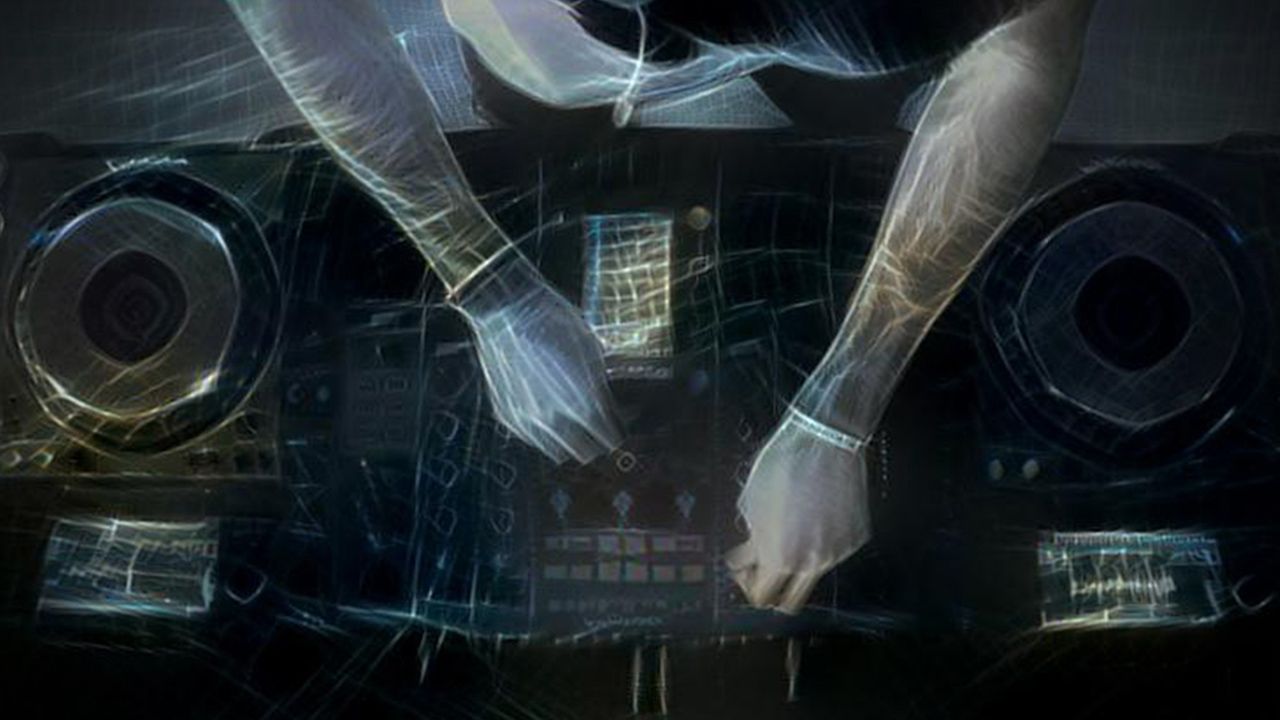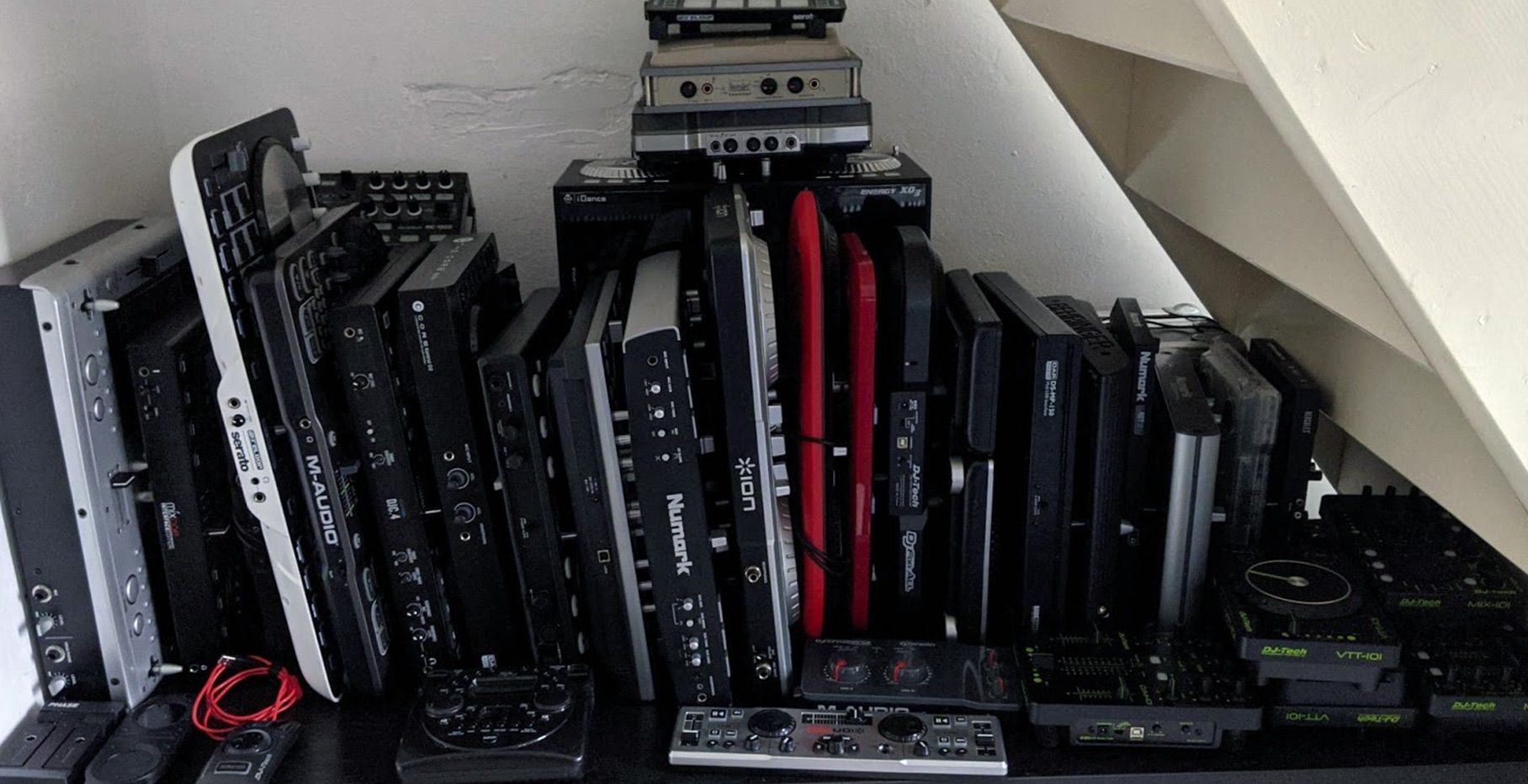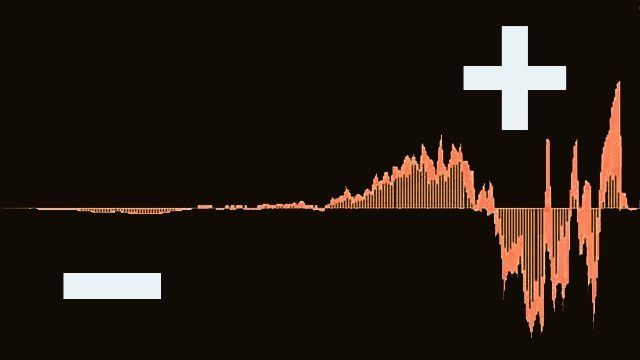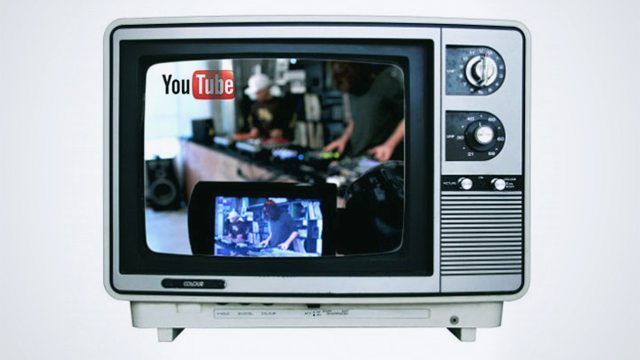Often during a DJ’s career, you take a step back and wonder, “why am I doing this again”? Inevitably, some form of new inspiration arrives, and the question is answered from a fresh perspective. Lately, after nearly 20 years on the decks, that bothersome feeling has crept back in and just in time, an answer showed up from the most unlikely of places…
Why should DJs exist? What do we do that’s important?
Every one of you probably has a really good answer to this question that is unique, special, and equally as true. We encourage you to share them in the comments. Here is my submission to the tape pile.
DJs bring music to life!
To support this argument, we turn to the topsy-turvy world of quantum theory.
In the world of the quantum, there are a lot of big ideas that can be tough to wrap your head around. For example, take this passage from the book “Seven Brief Lessons on Physics” – a great primer for anyone interested in quantum leaps and other high wire acts of intellectual genius.
“Heisenberg imagined that electrons do not always exist. They only exist when someone or something watches them, or better, when they are interacting with something else. They materialize in a place with a calculable probability, when colliding with something else”
If his conclusion is correct, nothing really exists until it is either observed or, more significantly, has a material interaction with another object. If you’re familiar with the Schrödinger’s Cat thought experiment, this will sound familiar. This was one conclusion he theorized – but he’s famous for a larger concept, the Uncertainty Principle:
Applying Quantum Theory To Music?
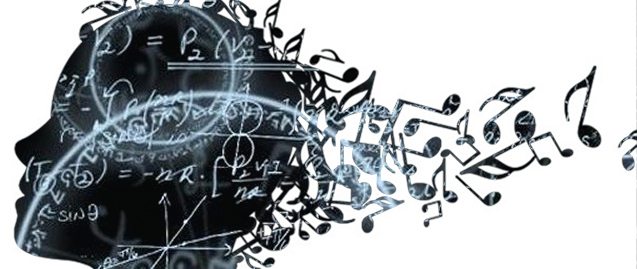
After music has been recorded and shipped out in a finite form, one could argue that in a way it’s largely “dead”, and doesn’t exist until someone encounters or interacts with it.
The most basic form of interaction would be simply playing the tune on a home stereo and dancing around the room like a crazy person. There is no question the song now exists, but is it really alive? The dancer is interacting with / responding to the song in a fresh, unpredictable way. Something new is being created in those movements but the music does not have an opportunity to change or experience unpredictable shifts in the composition.
That’s where DJs can come in. Think of each song as a basic atom or better yet a photon. Forcing these objects together causes them to interact and behave in different ways every time. The resulting musical moments are familiar, but unpredictable and fresh every time they meet. No matter how hard you try, no two songs can be mixed the same every time. Throw in a dancefloor and the results will be even more fluid.
Levels Of Mixing that are “Alive”
Here are three simple examples of progressively more unpredictable ways of mixing that support this idea and might give you some practical inspiration for getting back on the decks.
The Basic Mix

At the most basic, DJs can bring music to life by simply providing contrast, and a juxtaposition between the songs. Just like the musical notes themselves, a song derives its feeling not only from its own arrangement, but also the things around it.
For example, take the difference between a Major and Minor chord. In emotional terms, they could not be more different. One bright and airy, the other slightly melancholy. In practical terms, they’re very similar and contain the same number of notes. The only difference is the distance between the middle note and the two notes on either side. In this case, one single note simply shifts down a half step getting closer to the root E and farther from the G.
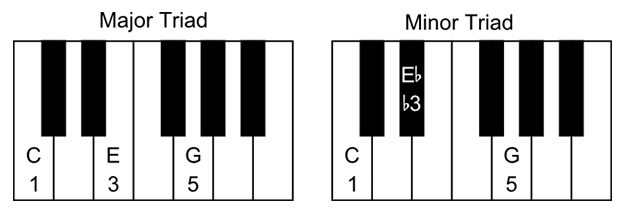
Take away one of the outside notes and that simple change no longer has the same significance. It’s the contextual relationship between them that creates the feeling. So even if you are just executing the most basic form of DJing with a bit of blending between songs, the balance and counterbalance can breath new life into those competitions simply through context.
The Extended Mix

One of my favorite DJ friends told me years ago, “It’s not the songs that are important, but between them – during the mix – that’s the magic part.” He was referring to what would become the mashup movement, and a total recontextualization of recorded material. This statement holds true for DJs who lengthen and extend their mixes. They really let the two songs dance with each other for an extended period, and the arrangements come to life.
Some forms of music (and software) lend themselves to this realm of the unpredictable. Especially combinations like techno and Traktor, where seemingly infinite layering is a very real possibility. One can’t help but think of artists like Richie Hawtin, for whom a song is almost never played by itself, and the end result – where there’s is a palpable energy that feels very much alive – speaks for itself.
I encourage you to go beyond mixing intros and outros of songs. Find the moments of one track that compliment, support or bring life the the other – and let it ride. Perhaps look for material that is in a complimentary key and create tension or resolve between the keys.
The Third Element

Ready to really bring your music to life? Introduce a third constant that interacts with all the music in the set in unpredictable ways while creating a consistent theme. Read more about themes and counterpoints in this article as well. Using whatever tools are available and feel the most fluid, try to maintain a consistent element over your set that can be manipulated over time. Here are a few examples:
- Maintain a loop from a song you like in a third deck for 3-5 songs
- Basic drum loops like kicks, snare, or high hat patterns that fit well over material and fill out the sonic spectrum. Traktor’s Remix Decks work well for this.
- A drum machine like the AIRA TR-8, where you can program and manipulate the tones of the sounds themselves
- Use one of the many tools that allow you to sequence drums inside of DJ software – with Traktor, the Midi Fighter Twister; with Serato DJ, the new Roland DJ-808; for Pioneer setups, the new TORAIZ SP-16 drum machine
This style of DJing is a more complex and advanced form of life, with multiple molecules bumping into each other constantly that create unpredictable and exciting results. A wonderful source of energy for the dance floor, but also an endless source of inspiration for the DJs who need to keep things fresh and exciting to continue to ply our craft.
The Cherry on Top
Of course these styles of DJing can never be brought fully to life without my favorite molecule of all, dancers. When you take your DJing out of a controlled context and introduce it to an audience, everything changes. In this context, how you blend songs and allow certain elements to ride are largely dependent on the crowd’s reactions, and the room itself. All these elements combine to create a unique sonic soup from which fresh life can spring night after night.


